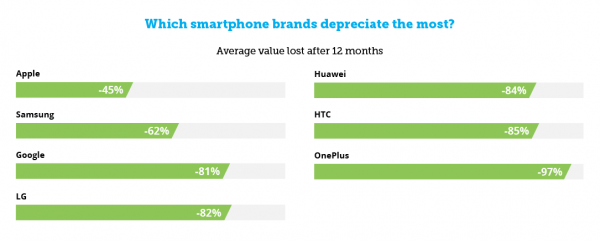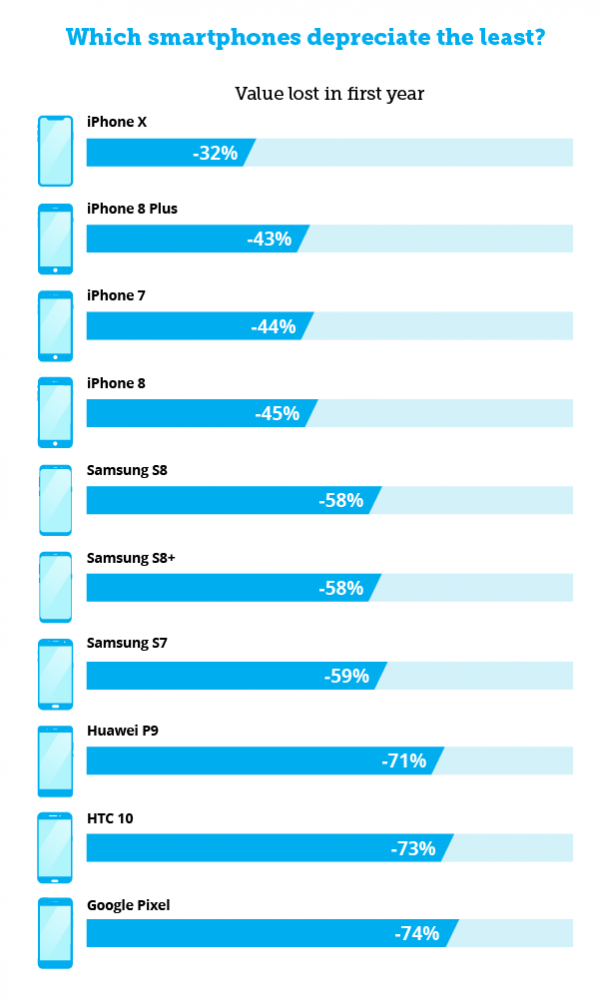Vic Gundotra, former SVP at Google:
Here is the problem: It's Android. Android is an open source (mostly) operating system that has to be neutral to all parties. This sounds good until you get into the details. Ever wonder why a Samsung phone has a confused and bewildering array of photo options? Should I use the Samsung Camera? Or the Android Camera? Samsung gallery or Google Photos?
It's because when Samsung innovates with the underlying hardware (like a better camera) they have to convince Google to allow that innovation to be surfaced to other applications via the appropriate API. That can take YEARS.
Also the greatest innovation isn't even happening at the hardware level - it's happening at the computational photography level. (Google was crushing this 5 years ago - they had had "auto awesome" that used AI techniques to automatically remove wrinkles, whiten teeth, add vignetting, etc... but recently Google has fallen back).
Apple doesn't have all these constraints. They innovate in the underlying hardware, and just simply update the software with their latest innovations (like portrait mode) and ship it.
Bottom line: If you truly care about great photography, you own an iPhone. If you don't mind being a few years behind, buy an Android.
And for clarification on his role at Google:
By the way, I ran all of Google's mobile efforts from 2007-2010. I was SVP of engineering. So I understand this topic reasonably well. I would NEVER buy an Android phone again if I cared about photography.
As the smartphone category hits maturity and physical hardware innovations become more incremental (aka "boring"), we're going to see companies put more focus on tighter software integration with custom silicon.
This just happen to be one of Apple's greatest, most underrated strengths.

